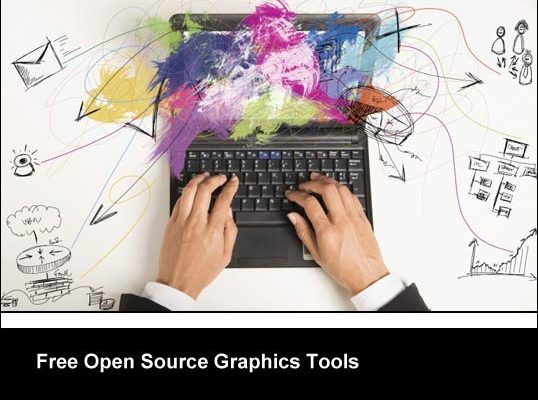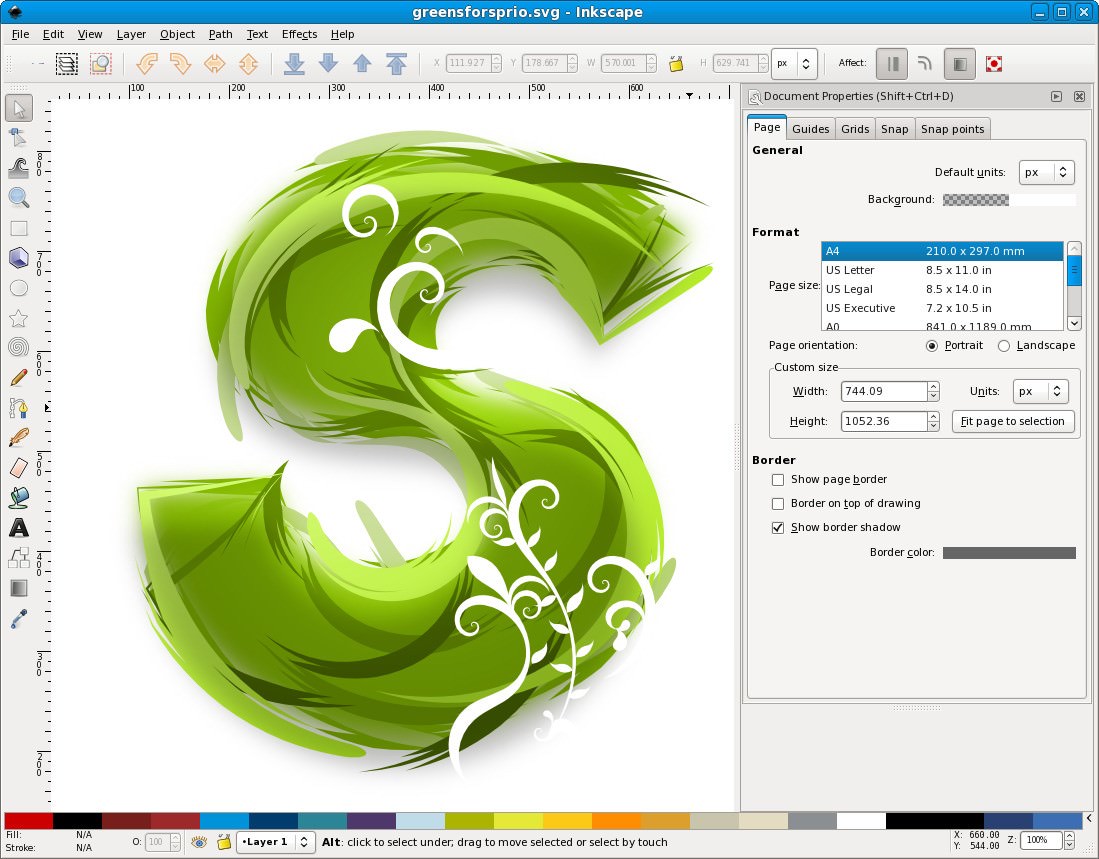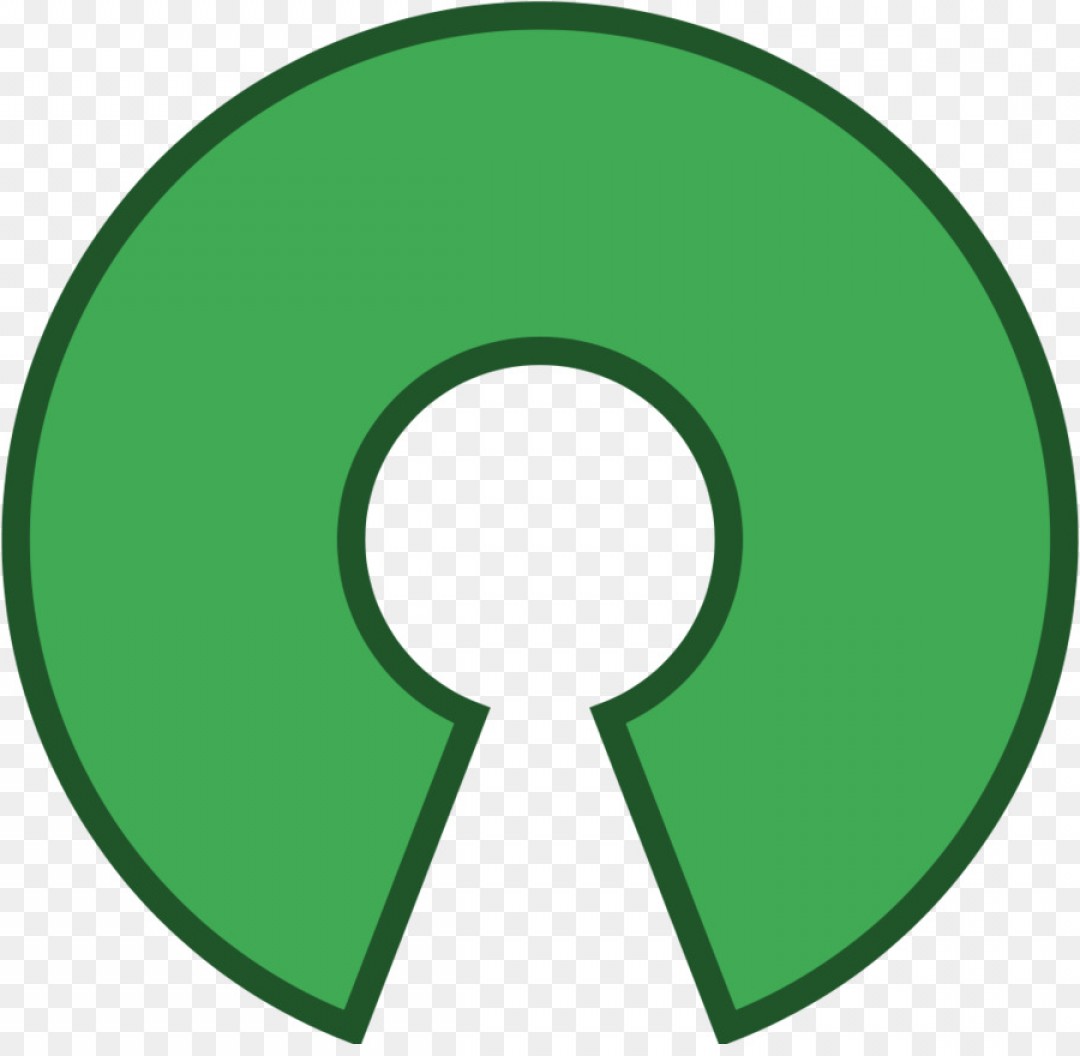

Inkscape is feature rich and thus potentially daunting for the first time user. Inkscape mostly supports SVG and has a rich set of tools for manipulation. SVG supports the idea that geometrical primitives are objects and allows the object information to be stored in XML. Most web browsers support the standard to various levels, although Internet Explorer appears to be behind in this area. SVG (Scalable Vector Graphic) is an XML based open standard.

Tools such as Gimp are excellent editors for raster graphics. As you zoom in on a raster image, you are limited by the size of the pixels. Raster graphics such as bitmaps represents images as a set of pixels. Vector graphics are thus useful on websites. As a vector graphic normally contains a limited set of primitives the size of the files tend to be compact. This implies that you can scale or shrink those pictures without losing the details. Vector graphics defines pictures as a set of shapes such as circles, squares and other primitives. The book also includes six chapter-size tutorials that emphasis the manipulative power of this feature rich editor. The Book of Inkscape: the definitive guide to the free graphics editor, by Dmitry Kirsanov is a comprehensive guide of 476 pages that describes in detail the various parts of the software. It has a rich set of features and is popular and actively maintained.

You can run it on a number of platforms including GNU/Linux and Windows. Inkscape is a mature SVG vector graphics editor.


 0 kommentar(er)
0 kommentar(er)
